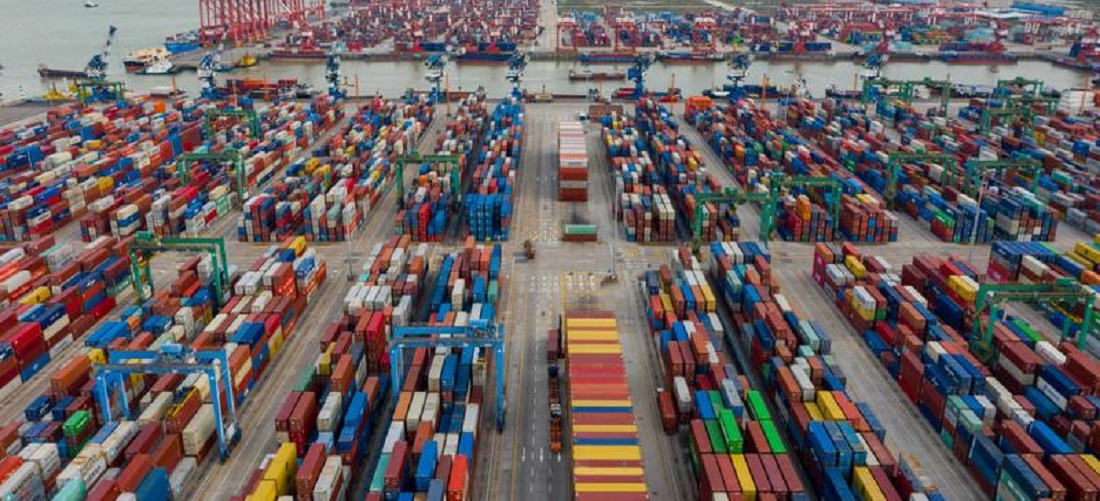
China’s grip in South America redefines traditional trade dynamics
Jul, 10, 2023 Posted by Gabriel MalheirosWeek 202328
In 2009, China surpassed the United States to become Brazil’s primary trading partner, and over the past nearly 14 years, trade with China has experienced remarkable growth rates. In the first half of 2023, the trade flow between Brazil and China was more than double that of the United States: US$ 75.376 billion compared to US$ 36.874 billion. However, China’s increasing presence in trade with Latin American countries, particularly South America, extends beyond Brazil.
Over the last five years, China has gained significant ground as a major supplier to these countries in various product categories that Brazil traditionally supplied. It is important to note that this expansion primarily relates to the export of industrialized goods, a market segment where Brazil has traditionally held a strong position in neighboring countries.
Chinese Dominance in Five Key Markets
Between 2019 and 2022, China substantially increased its exports to Argentina, Colombia, Peru, Chile, and Ecuador, the top five South American economies after Brazil.
Consequently, China has become the largest trading partner for almost all these countries, displacing Brazil’s historical leadership. Last year, China accounted for at least 20% of the imports of these countries, with shares exceeding 25% for Peru, Chile, and Ecuador. On the other hand, Brazil’s presence in these markets is limited to less than 10%.
In 2022, Chinese exports to these five countries amounted to US$ 81.4 billion, while Brazilian companies shipped products worth US$ 34.1 billion to these markets, as per data from the Foreign Trade Secretariat (Secex) of the Ministry of Development, Industry, Commerce, and Services (MDIC).
Chinese presence in Argentina
Given recent efforts by the Argentine government to secure external financing and address the challenges facing its economy, including year-on-year hyperinflation above 110%, negative foreign exchange reserves, IMF debts amounting to billions of dollars, and severe drought affecting the agribusiness sector, Argentina is seeking closer ties with China in the hopes that the Asian giant can provide support during these turbulent times.
In this context, China is expected to gradually outpace Brazil in one of its main niches in the Argentine market, specifically the automotive sector.
The chart below shows Argentina’s containerized imports measured in TEUs from Jan 2019 and May 2023. The data is from DataLiner.
Argentine imports from China | Jan 2019 – May 2023 | TEU
Source: DataLiner (click here to request a demo)
In the first half of this year, vehicle parts and accessories exports from Brazil to Argentina totaled US$ 951 million, accounting for 19% of Brazil’s total exports to Argentina. During the same period, motor vehicle sales amounted to US$ 859 million, representing 9.1% of the trade between the two countries.
On the Argentine side, the automotive sector holds even greater importance. Over the past six months, Argentina generated revenues of US$ 1.11 billion from the export of goods transport vehicles (accounting for a 19% share of total sales to Brazil) and US$ 1.064 billion from passenger vehicle sales (representing a 17% share of the total exported to Brazil).
While China is still gaining space in the automotive sector, its grip on the footwear market is already a reality. Signs of the impact caused by the increasing presence of Chinese footwear, offered at unbeatable prices, are emerging in the region.
The Brazilian Association of Footwear Industries (Abicalçados) recently expressed concern over the substantial growth of Chinese exports, which have risen by over 20% in recent months.
Recognizing the magnitude of the Chinese market, which exported 2.8 billion pairs of shoes between January and April alone, Haroldo Ferreira, the president of Abicalçados, voiced his apprehension, stating that “when the largest player in the global market recovers its space, it is inevitable for other producing countries to lose ground.”
This is precisely what is already occurring and will continue to happen to Brazil, which will face the challenge of competing with Chinese shoes entering neighboring South American countries at unbelievably low and unjustifiable prices of up to US$ 1 per pair.
-
Ports and Terminals
Dec, 03, 2020
0
Port sector coalition mobilizes to defend ‘BR do Mar’ and the extension of ‘Reporto’
-
Other Cargo
Nov, 04, 2022
0
Cotton: Brazil exports 260,142K tonnes in October
-
Meat
Oct, 29, 2019
0
BRF signs memorandum to invest US$120m in factory in Saudi Arabia
-
Grains
Dec, 14, 2022
0
Record Brazilian soybean harvest points to oversupplied market in MY 2022-23


